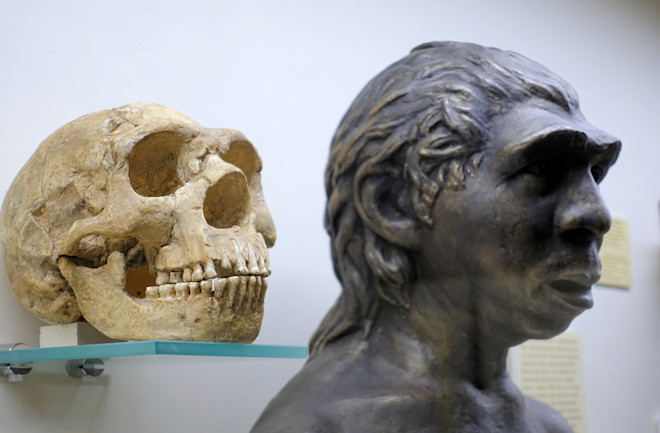Neanderthals, the best understood species of archaic human, often lived in limestone caves that preserved their bones well after death. As a result, archaeologists have found many more of those bones than those belonging to the Denisovan species, a less understood but still important type of early human.
After all, we know that the two interbred, and a new study has attempted to explain how it happened. Conditions were best, the paper states, when the glaciers receded and warm weather allowed temperate forests to connect the species’ two worlds, which otherwise remained relatively separate.

